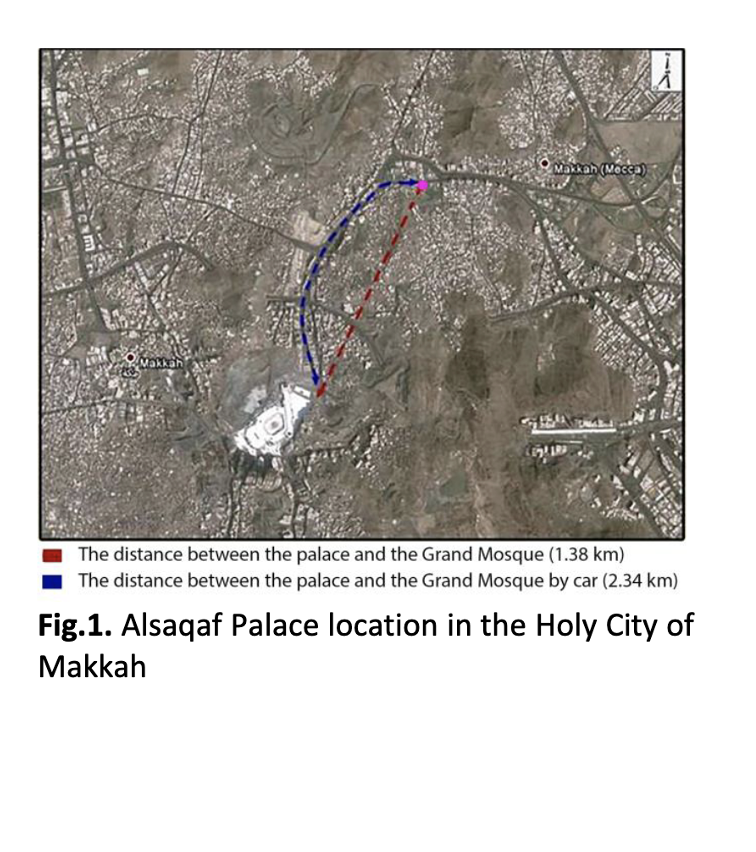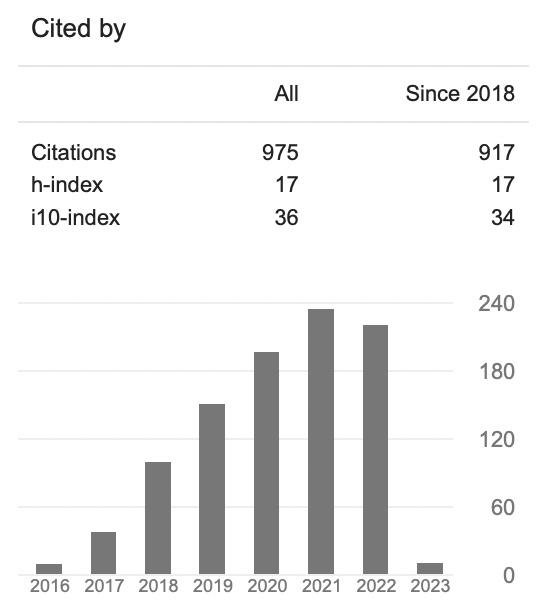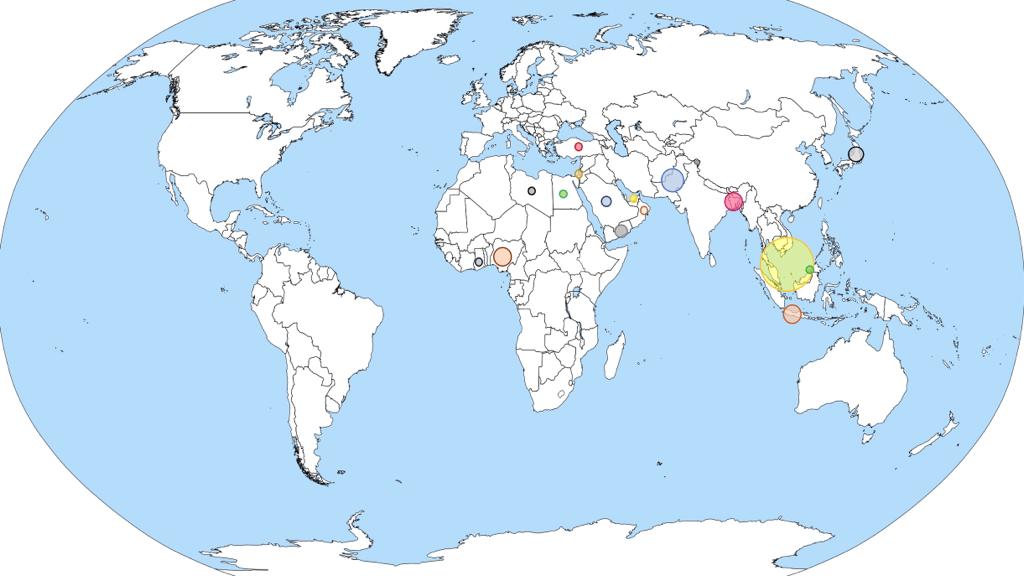Explore Community Perception in Decision-Making Processes towards Adaptive Reusing of Alsaqaf Palace for the Sustainability of the Built Heritage and Decision-Making Processes
Keywords:
Adaptive reuse, community participation, heritage conservation, Alsaqaf PalaceAbstract
Adaptive reuse for existing historic and abandoned buildings has become a dominant strategy for integrating sustainable function. It is a fast-growing strategy and common in developed countries to conserve ancient and redundant landmark buildings, especially those with historical and heritage meaning to save them for coming generations. Meanwhile, the properties are continuously ignored, abandoned, or even destroyed due to possible redundancy of function or injudicious or improvising decision-making. At the same time, core communities have the right to their physical environment connected with the built forms surrounding them for centuries with solid bond attachment. Indeed, the core communities possess the right to assign meanings and values to their attached building with cultural significance, not only by the expert. Hence, this paper aimed to devise empirical feedback from the core communities associated with the redundant Alsaqaf Palace and to explore their perception of reusing the old Palace. A qualitative closing-ended questionnaire method was conducted with 274 samples from residents to explore future new building use with an appropriate adaptation process to suit their environment.













